Regardless of your skill level, we have compiled a list of 6 bass rigs that you can use year-round. Sometimes, all it takes to improve your bass fishing is to learn some new techniques that you can apply while out on the water. So, when the fish aren’t biting, stop throwing the same rig over and over. Instead, freshen things up and try one of these 11 fishing setups.
Image Credit: Photo by Susan Holt Simpson on Unsplash
- Carolina Rig
First, we have the Carolina rig. The Carolina is a versatile setup for bottom fishing that you can use in open water or around structures or covered areas. It’s quick and straightforward to set up, plus anglers of all skill levels can fish it easily. The beauty of the Carolina is the weight sits on your main line instead of your leader. So, you’re less likely to get hung up on logs or weeds while dragging your bait on the bottom.
Here’s what you’ll need to prepare the Carolina rig:
- Fluorocarbon leader line
- Tungsten fishing weight from ⅛ to 1-ounce
- Fishing bead
- Barrel swivel
- Worm hook
- Soft plastic bait
- Slip-Bobber Rig
The second rig on our list, the slip-bobber, is an excellent setup to use when targeting bass with live bait. One advantage of using this rig is you can make quick adjustments to the depth of your float by using a bobber stopper. For example, as its name implies, the stopper prevents your bobber from traveling further up your main line. Thus, giving you complete control over how far off the bottom you want to suspend your bait.
Here’s what you’ll need to make the slip-bobber rig:
- Bobber stopper
- Fishing beads
- Split-shot weights
- Barrel swivel
- Fluorocarbon leader line
- Circle hook
- Split-Shot Rig
Third, the split-shot rig is another fishing setup you can readily adapt for most scenarios. Due to its simplicity, anglers often overlook this technique. However, it can be effective on days where the bass is finicky. This rig is a finesse fishing method because it’s lightweight and gives you better presentation control. Plus, with it being so light, you get a better feel for when you have a fish on.
Anyhow, here’s how to tie the split-shot:
- Attach a light wire hook to the end of your main fishing line.
- Next, bait your hook with a weightless Texas rigged worm.
- Lastly, clamp on a split-shot weight about 12 to 18-inches above your bait.
- Drop-Shot Rig
Then, we have the drop-shot rig. In a way, the drop-shot is in an evolution of the split-shot. Except, this finesse technique allows you to suspend your bait vertically to the bottom. This method is exceptional when the bite is slow and the spot is under a lot of pressure. Also, you can fish the drop-shot in all water depths.
Here’s what you’ll need to tie the drop-shot rig:
- Light wire hook
- Drop-shot weight
- Finesse worm
- The fishing line of your choice
- Ned Rig
Another simple and classic technique bass anglers can utilize is the Ned rig or Midwest finesse. All you need for the Ned rig is a mushroom-style jig head and a TRD finesse worm. The Ned rig is especially effective for luring in wintertime bass. It’s also a fantastic method for beginner anglers since it doesn’t require a lot of action. Simply cast it out, allow the bait to sink to the bottom, and drag it.
Follow these instructions to ned rig a soft plastic worm:
- Take the hook’s point of your jig head and sink it into the center top of your worm.
- Then, shimmy the tip of the hook until you reach the upper midsection of the worm’s body.
- Next, push the hook point through the body until it’s fully exposed.
- Lastly, slide the worm up the hook’s shank until the top of it meets your jig head.
- Neko Rig
Then, we have the Neko rig. The Neko isn’t as well-known as other finesse techniques, but it’s plenty adequate. This method is an evolution of the wacky rig with its addition of a tungsten nail weight impaled into the head of a straight plastic worm. Also, another thing to keep in mind when using the Neko rig is to make sure your hook’s point is facing the opposite direction of the nail weight. Specifically, doing so will give you a better hookset because it prevents your hook from flipping upside down underwater.
Here’s what you’ll need to prepare a Neko rig:
- Straight tail or finesse plastic worm
- Fishing line
- O-ring
- Weedless hook
- Tungsten nail weight
Bass Rigs Final Thoughts
Sometimes, learning how to fish a new rig can be challenging; it can be gratifying in the end. However, we don’t recommend you to try and perfect all 11 of these techniques immediately. Instead, practice one or two at a time, and soon, you’ll have a lot more tricks in your fishing arsenal. Let us know which of these bass fishing techniques you plan on trying next in the comments below. Or, help support us by sharing this article with your friends on social media.

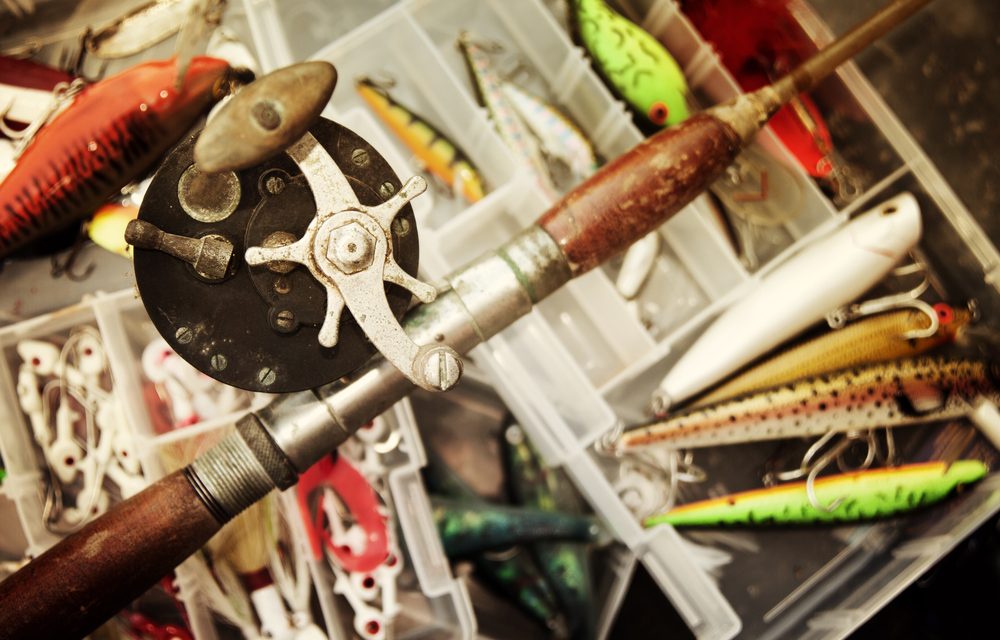





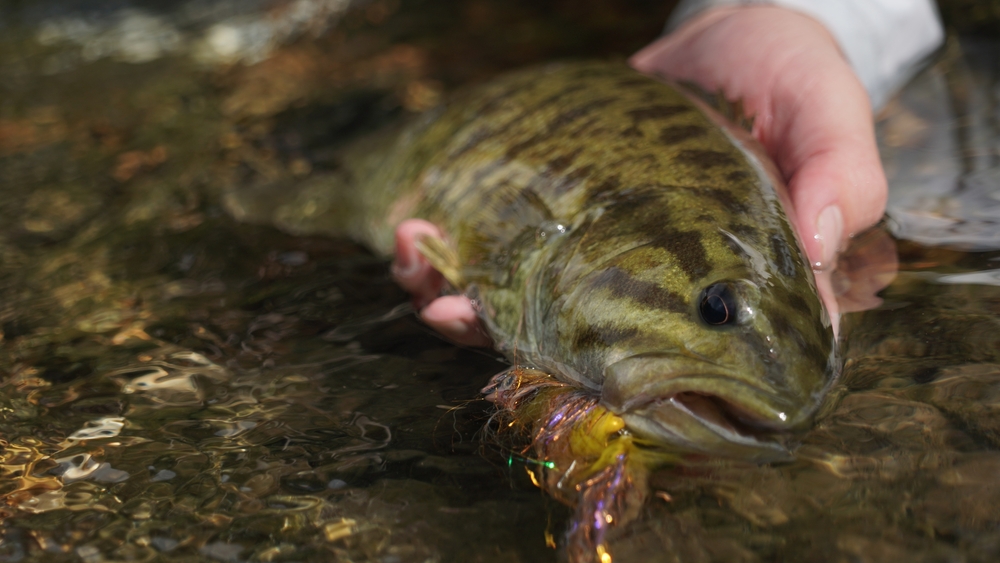
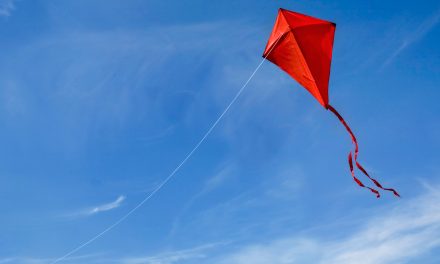
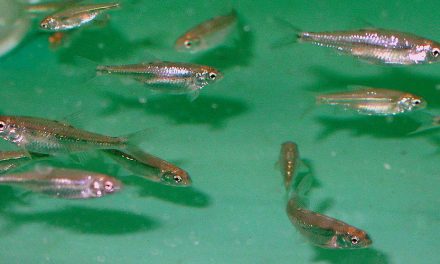
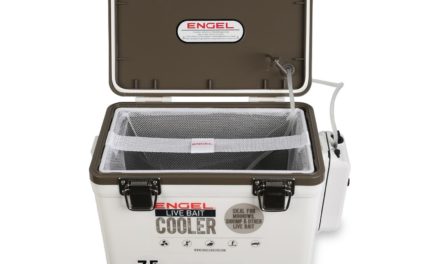
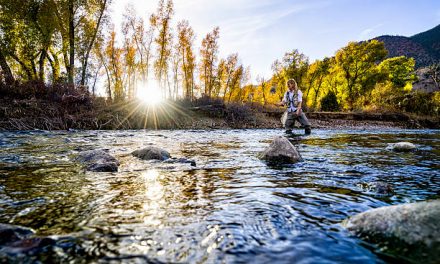
 E-Newsletter
E-Newsletter